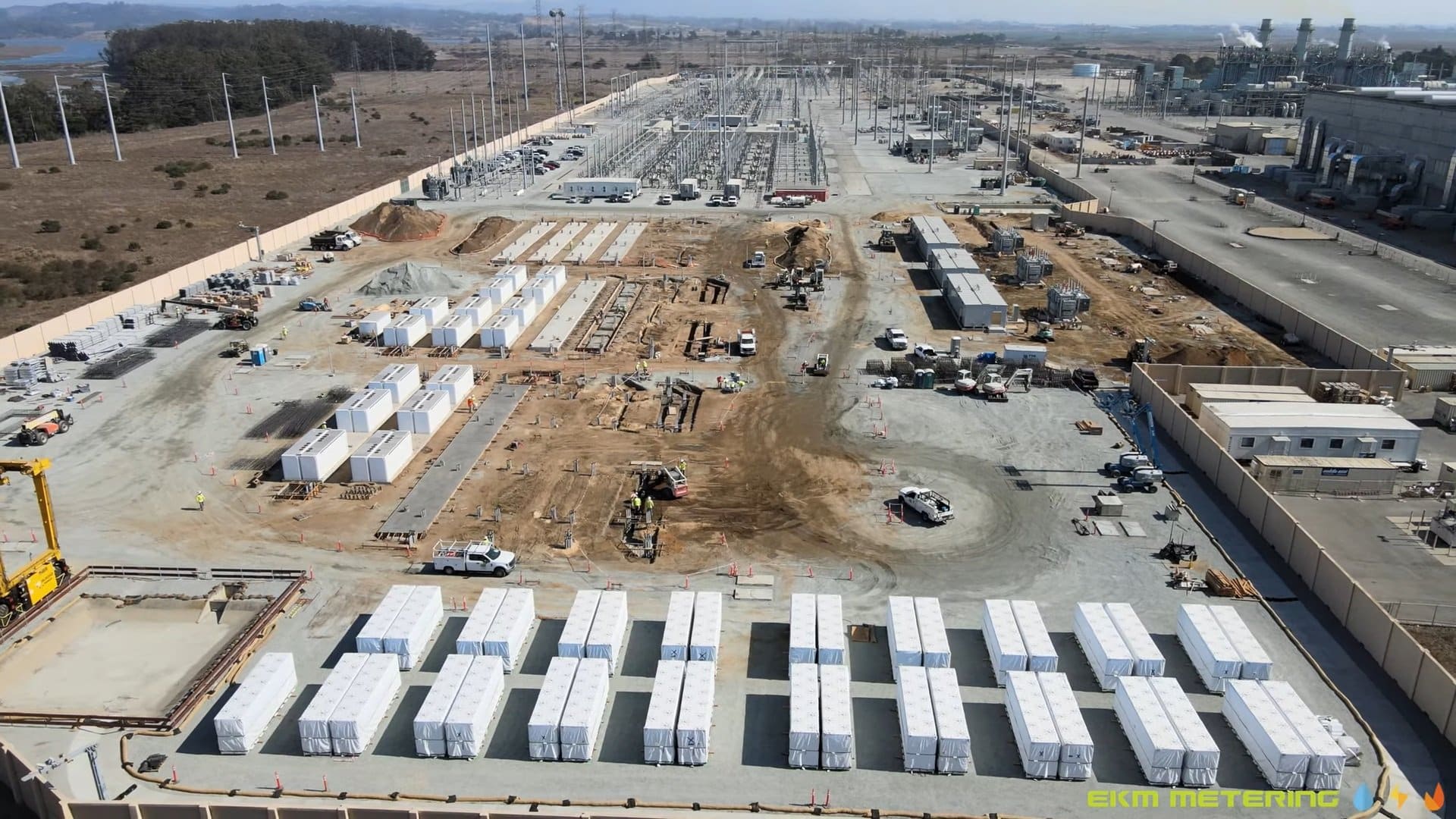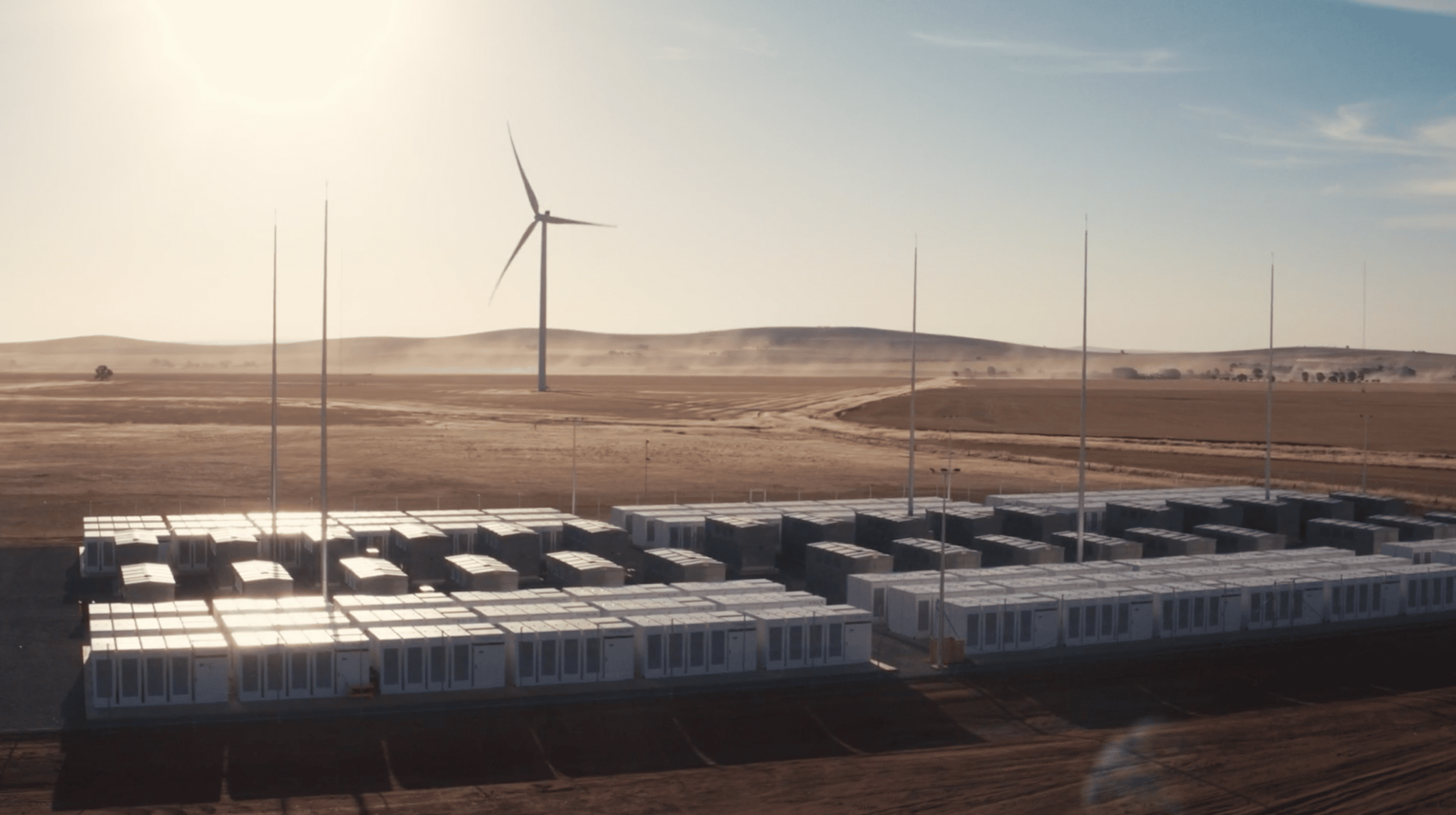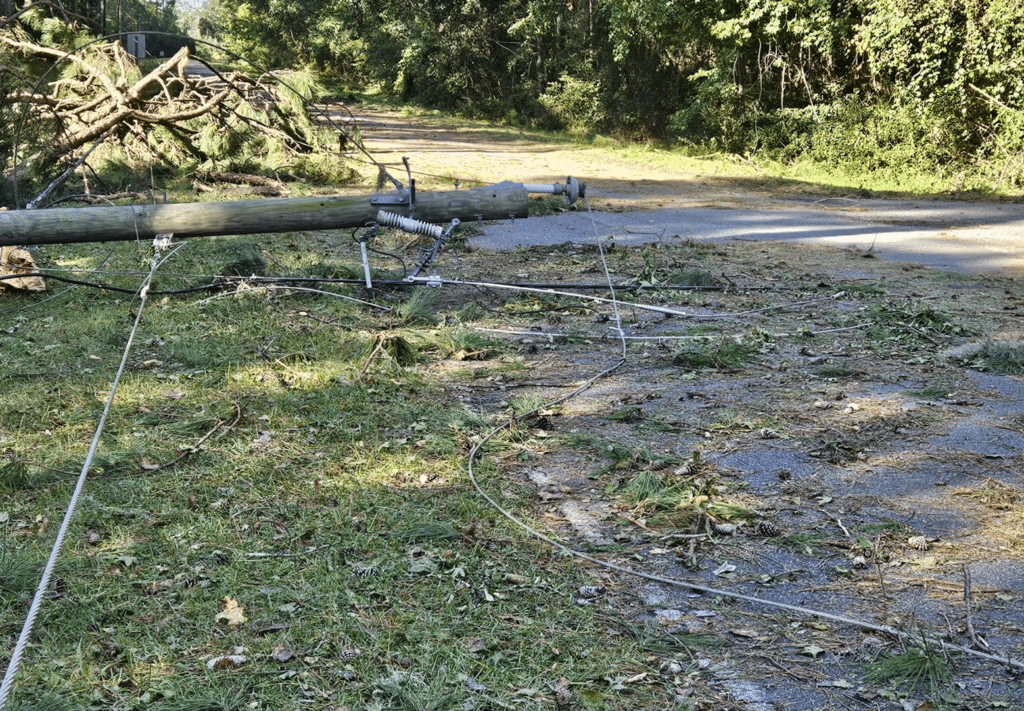This article is from the January 13, 2021, issue of Flip the Script, a weekly newsletter moving you from climate stress to clean energy action. Sign up here to get it in your inbox (and share the link with a friend).
In case you haven’t heard, battery storage is entering the big leagues. Thanks to high-profile projects in places like California and Australia, we’re seeing a lot more buzz about this “game changer” for our clean energy future. Amidst the high expectations, the emerging arrival of battery storage serves as another occasion to remind ourselves of a critical truth: there’s no silver bullet when it comes to tackling the all-hands-on-deck transition to renewables. If you’re not sure what all the commotion is about, read on for a quick primer on the state of this technology.
What is battery storage?
Battery storage (lithium-ion technology is what we’re focused on here) simply stores and discharges electricity. These batteries are in everything from cell phones and medical equipment to luxury yachts and power plants. When paired with renewable energy sources, batteries store excess electricity generated by wind and solar farms at times of low demand and then discharge this power back to the grid when it’s needed: during peak demand periods, when the sun isn’t shining, or when the wind isn’t blowing. Battery storage systems are essential to enabling power grids to handle lots of wind and solar power in a stable way. (Wondering what the heck a “power grid” is? Learn more here).
Battery storage systems are essential to enabling power grids to handle lots of wind and solar power…
Just how massive are these batteries? As recently as five years ago, a 20-megawatt battery storage project was considered a big deal. But now, the race is on to build new lithium-ion batteries in the hundreds of megawatts that can hold enough renewable electricity to power hundreds of thousands of homes. These days, battery systems can range in size from 100 megawatts (like this 2017 project in Australia) to 300 megawatts (like the brand new project in Moss Landing, CA). Things are getting much bigger, quickly, however, as planned projects in Saudi Arabia and the ASEAN region attest. Utility-scale battery storage is also being deployed in Chile, Japan, Germany, Lithuania, and the United Kingdom (including a 320-megawatt system in London), among other countries.
This record expansion is expected to continue, with an estimated annual growth of 30– 40 percent over the coming decade. The U.S. could account for nearly half of the global cumulative capacity by 2030, led by huge new deployments in California. Once phase 2 is completed later this year, the Moss Landing project, developed by Tesla, will be able to run for four hours before a recharge, making it possible to power roughly 300,000 homes during evenings, heatwaves, and other times when electricity demand outstrips supply. Pacific Gas & Electric ultimately envisions the system being able to power every home in San Francisco for at least six hours.
-

The Moss Landing, CA project under construction in October 2020 (credit: EKM metering/YouTube)
The need for speed
A key promise of energy storage is speeding the transition to a carbon-free power grid. The batteries are reaching a size where they’re becoming an economically viable alternative to replace fossil fuel (usually natural gas) “peaker” plants, smaller generating plants that kick in for a few hours a day to balance the grid when energy demands soar.
Combining battery storage with large solar arrays is especially promising, given the generally predictable pattern of sunshine. A 409-megawatt battery storage project linked to a nearby solar plant is slated to go online later this year in South Florida, replacing two aging natural gas-fired units. In New York City, the recently approved 316-megawatt Ravenswood project, designed to power more than 250,000 homes emissions-free for up to eight hours, will replace 16 natural gas peaker units in Queens. With most fossil fuel power plants in the U.S. expected to reach the end of their working life by 2035, utility-scale battery storage will play a growing role in shifting the power grid to cleaner and less expensive alternatives.
Add to this the rapidly falling prices for lithium-ion batteries, and it’s clear why the outlook for energy storage is bright. Overall, the cost for utility-scale battery storage in the U.S. declined nearly 70 percent between 2015 and 2018, and lithium-ion battery costs could fall another 45 percent between 2018 and 2030.
What’s ahead
Speculation remains high for the potential of battery storage. On the lithium-ion front, companies are working to improve the technology even further, including by using a solid material (rather than a liquid) to conduct electricity, which could lead to benefits like quicker charging and longer battery range. Developers are exploring alternatives to lithium-ion including designs that use more widely available materials (like zinc) and can last longer (like sulfur-based tech). A company in Massachusetts is testing a huge water-based design that can run for up to 150 hours on a charge.
The cost for utility-scale battery storage in the U.S. declined nearly 70 percent between 2015 and 2018.
While most of the growth of battery storage has come from large-scale projects of the sort used by utilities, the little guys are getting in on it too—and their collective impact could exceed that of large-scale projects. Smaller uses, ranging from home battery systems like Tesla’s Powerwall to electric vehicle batteries, are expected to expand rapidly. In Germany, for example, nearly half of recent home solar installations include batteries. Meanwhile Hawaii and California lead the way for solar + storage here in the U.S.
Without question, battery storage will be an important part of our future, and 2021 is shaping up to be a big year in making storage an essential part of the grid. “I feel like we have crossed a threshold… a signpost that we’re moving into a new era,” said Eric Gimon with Energy Innovation. Investing in battery storage could be a key element of post-COVID “green recovery” efforts across all applications, including both stationary and vehicle batteries. As a NREL energy analyst recently put it, “We see storage being a large player across effectively every future we look at. And not just one or two gigawatts… but tens to hundreds of gigawatts.” That’s a lot of juice.















